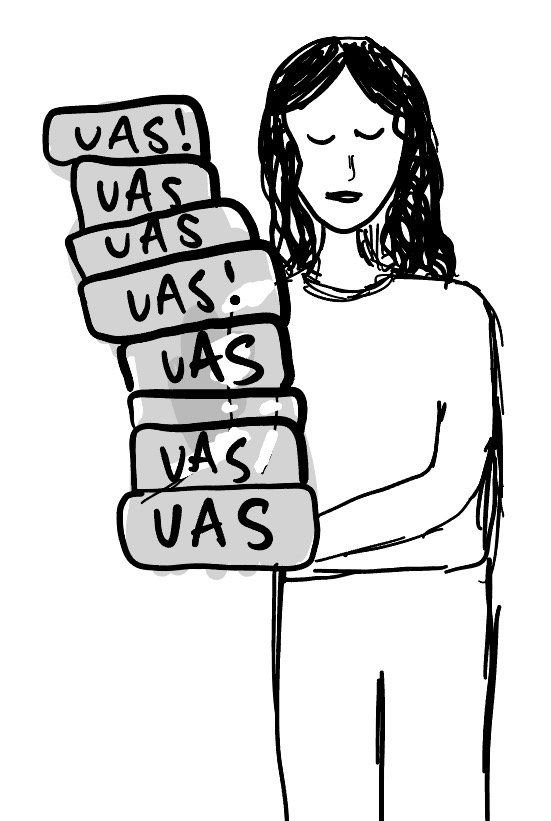Unpacking Urban Advanced Studies
As students submit their course registrations for the next academic year, they oftentimes question what Urban Advanced Studies (UAS) classes are and the effect of pedagogies on the class rigor.
UAS classes included in the Urban curriculum provide students with a comprehensive understanding in subjects comparable to college-level classes. The school website states, “UAS [classes] are developed by the Urban faculty and comprise the school’s most rigorous coursework.” These classes are perceived as honors- level classes by the University of California. Additionally, colleges give extra weight to honors classes. The weighted grade point average (GPA) is a large incentive for students to take UAS courses. However, there is much more to be said about the structure of UAS courses and how they have evolved over time.
UAS classes vary in structure and approach depending on the subject. UAS humanities versus science, technology, engineering and mathematics (STEM) classes have vastly different teaching styles in comparison to their non-UAS counterparts.
UAS English courses do not have an order in which they teach the material and depend more on the student to survey their own learning than STEM courses. English Teacher Julian Morris said, “English UAS classes, in my experience, do not have too much scaffolding. [Teachers] are going to work with you, but I’m not going to do a huge lesson on thesis building.”
There is more of a comparison to be made between the core English classes and UAS English classes than non-UAS and UAS. “[The biggest difference is] now that you’ve [learned] all of these [techniques,] it’s like what can you do with [them] in UAS classes without me having to remind you of them,” he said.
In contrast, UAS science classes use more structure to build ideas off of initial concepts since there is a level of progression required. Science Teacher Mary Murphy said, “There’s often a trajectory [for a science class] in terms of the order it makes sense to learn things…and a higher expectation that students can do the transitioning on their own, that they can navigate this trajectory more independently. ”
A common thread between all UAS classes is the aspect of independent learning. Students in UAS courses are asked to learn more individually with less assistance from teachers or other adults.
The COVID-19 pandemic affected student resilience and therefore changed this dynamic. Before the COVID-19 pandemic and virtual learning, all classes were specifically designed for in-person instruction. When the pandemic hit the education system, the majority of K-12 students spent two years studying concepts on computer screens. In response, Urban has adapted many UAS class curriculums to fill learning gaps, but it continues to be a challenge for teachers and students alike.
“There were skills around focus, study skills and pushing through something hard that did not happen as much when we were doing Zoom school,” Murphy said. “Some of the things in the non-UAS classes might feel more challenging now than they would have pre-pandemic.”
Though there is appeal to a weighted grade and the exciting label of an honors class, English Department Chair Cathleen Sheehan commented on the importance of considering comfortability with academic challenge before choosing classes. “If you know that you will struggle with finishing the [class,] and yet you are so excited about the subject, then there’s no way around it. It’s really a balancing act and figuring out if your interest will carry you through to handle the workload.”












